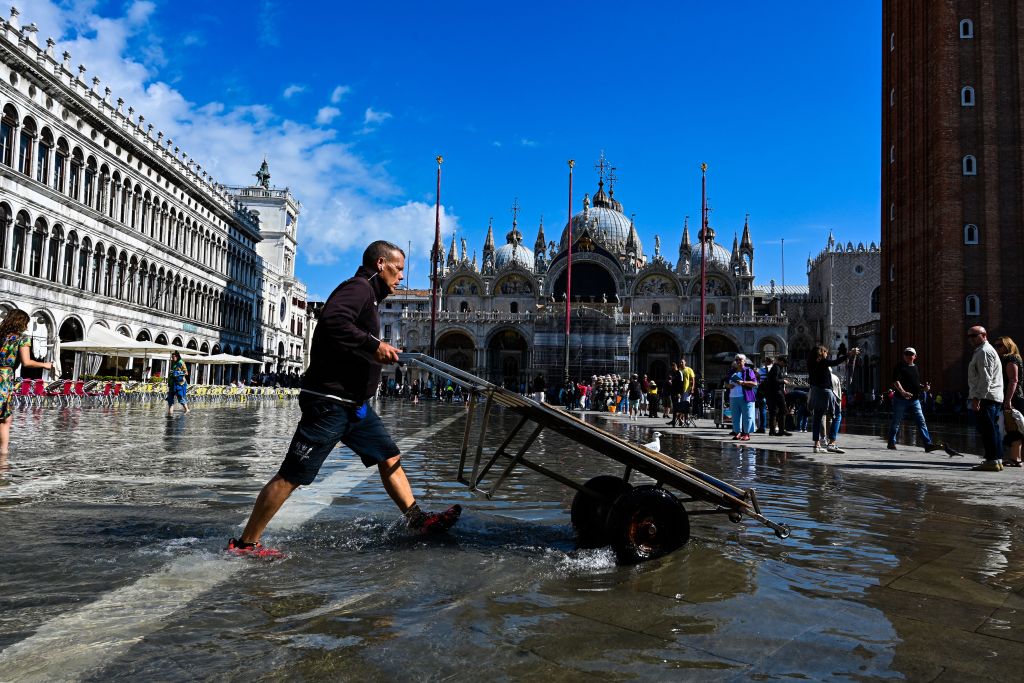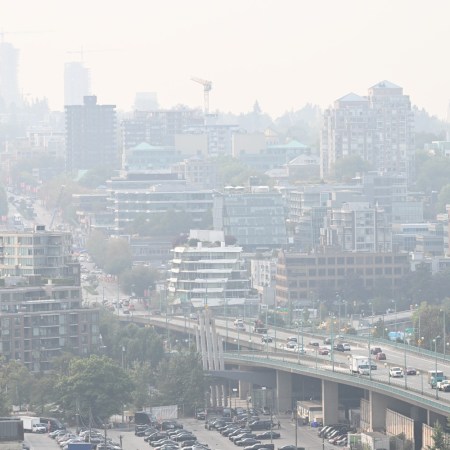Coastal cities across the globe have, in recent years, struggled with an existential question — that of how best to address the rise in coastal flooding that’s one of the many effects of climate change. The Netherlands, which has wrestled with these questions more than most nations, has established itself as a go-to source for invention and inspiration for other locations as of late.
And as more cities address the risk they’re under, more and more ambitious plans are rolling out around the world. This includes Venice, where the MOSE system of barriers is now in place to prevent the city from incurring flood damage as tides rise.
The good news is that technology can mitigate some of the effects of climate change. The bad news is that it won’t last forever. In a new article for The Washington Post, Chico Harlan and Stefano Pitrelli explored the benefits of MOSE — and chronicled the situations where it could still come up short.
The cost and the scope of MOSE are both impressive. Harlan and Pitrelli describe it as “78 rectangular metal barriers, each the height of a five-story building” and note its $6 billion price tag. It’s been in the works for 30 years, they note, and could last for the next 100.
Should sea levels increase by 30 centimeters, however, MOSE may be out of its depth. Pierpaolo Campostrini of the Corlia Consortium told the Post that “we know it’s temporary” — something that illustrates just how fraught the effects of climate change can be. Engineering knowledge can mitigate climate change’s effects, but other steps are just as necessary to prevent a more cataclysmic future.
Thanks for reading InsideHook. Sign up for our daily newsletter and be in the know.

















